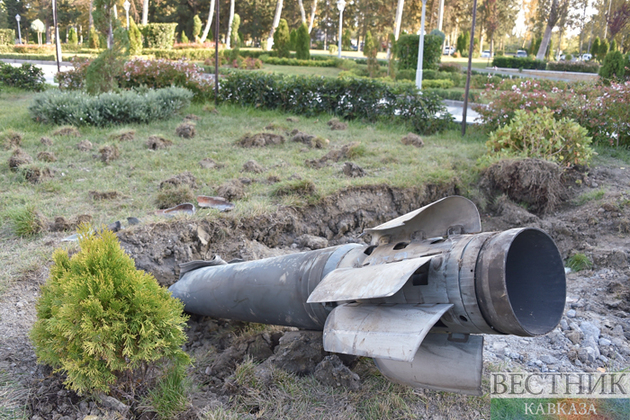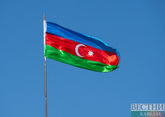The guns are finally silent in Nagorno-Karabakh, a disputed territory in the South Caucasus between Azerbaijan and Armenia. In late September, the longstanding conflict in the territory re-erupted into a six-week war that left thousands dead, The Washington Post writes in the article Five ways the 2020 Nagorno-Karabakh conflict will change the map. Facilitated by Moscow, the agreement authorized the deployment of Russian peacekeeping forces to the region to establish new borders within the territory.
1. The turning point in early November was the capture of a much-coveted strategic town by the Azerbaijani army. Known as Shusha to Azerbaijanis and Shushi to Armenians, this mountain fortress has a storied past as a vibrant center of learning and culture in the South Caucasus. An Azerbaijani majority town within an Armenian majority district within Soviet Azerbaijan, the town fell to Armenian forces in May 1992 during the Karabakh war of 1988-1994. Since then the town has been in Armenian hands, lying largely in ruins. Shusha is now in Azerbaijani hands — a massive blow to Armenians not only locally but within Armenia and worldwide. Only a few months ago, the newly elected president of the unrecognized state created by Armenians in Karabakh was inaugurated there in a ceremony choreographed to project Armenians’ ancient ties to the region and legitimate its statehood. On Sept. 19 he announced its parliament would move to Shushi. Instead former Azerbaijani residents are now likely to return. Azerbaijan’s authoritarian president Ilham Aliyev may even visit. Shusha is strategic because it overlooks the largest town in Nagorno-Karabakh, Stepanakert. This fact will strike fear into that town’s remaining residents.
2. Nagorno-Karabakh is a name for many territories. In Soviet times, it was the name of an autonomous oblast. When local Armenians unilaterally proclaimed a separate republic in 1991 they claimed further territory. In the subsequent war, they acquired territories never initially desired but later deemed “liberated” from Azerbaijan. An estimated 100,000 Armenians from Karabakh have recently fled the territory, burning their houses.
3. Recriminations against the leadership of Armenia are ongoing — including demands that Prime Minister Nikol Pashinyan resign.
4. The ceasefire will allow Azerbaijan to claim complete territorial integrity, with no concession of any special territorial status for what remains of Armenian Karabakh — though crucial questions remain. Aliyev has unleashed expectations in Azerbaijan of a successful return of all those displaced during the 1988-1994 war to their former homes. Rebuilding ghost towns will be an enormous challenge for the Azerbaijani government.
5. Two outside powers decisively shaped the Karabakh War of 2020: Russia and Turkey, with Europe and the United States on the margins. The introduction of Russian peacekeepers to enforce the new map enhances the Kremlin’s leverage in the South Caucasus. But their mission may prove difficult










